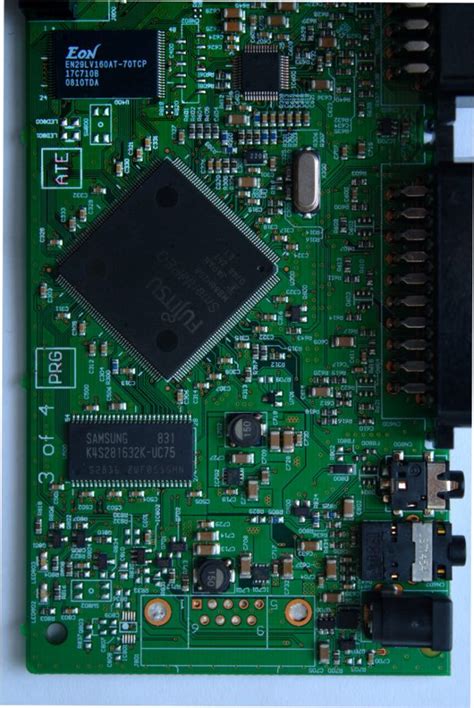
Reverse Engineering PCB: What Is It and How to Make
What is PCB Reverse Engineering? PCB reverse engineering is the process of analyzing a printed circuit board (PCB) to understand its design, functionality, and components.[…]
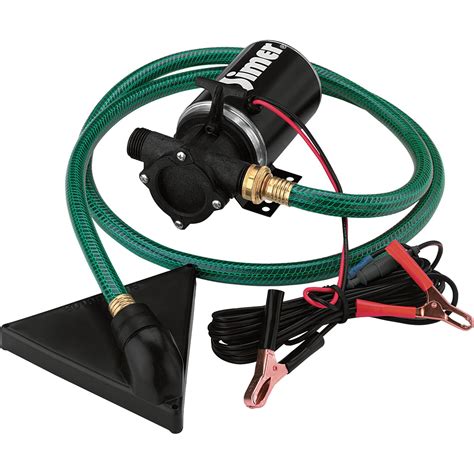
Mini Water Pump: A Low-Cost Miniature AC or DC Water Pump
Introduction to Mini Water Pumps A mini water pump is a small, compact device designed to efficiently move water from one location to another. These[…]
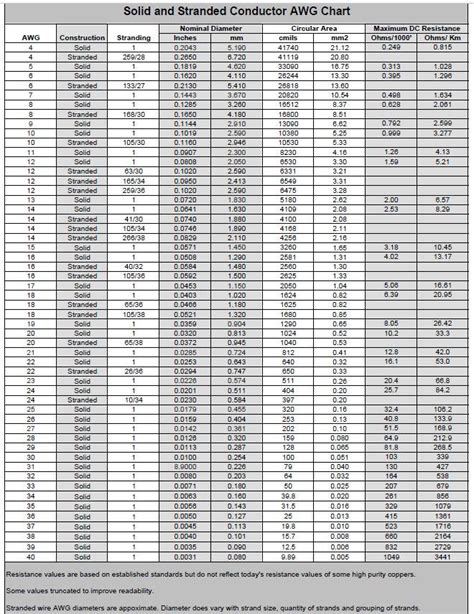
Stranded vs. Solid Wire: A Comparison Between Power/Signal Copper Conductors
What is Stranded Wire? Stranded wire consists of multiple thin copper strands twisted together to form a single conductor. The number of strands can vary[…]
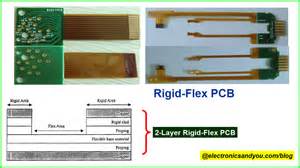
Types Of PCB
Introduction to PCB Types Printed Circuit Boards (PCBs) are essential components in modern electronics. They provide a platform for mounting and interconnecting electronic components, enabling[…]
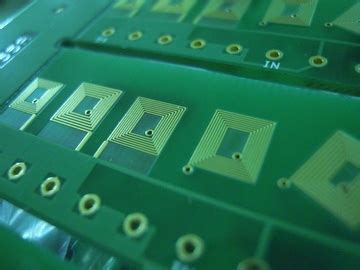
PCB Inductor – Definition and Methods of Computing Inductance Value
What is a PCB Inductor? A PCB inductor is a passive electronic component that is designed to store energy in a magnetic field when an[…]
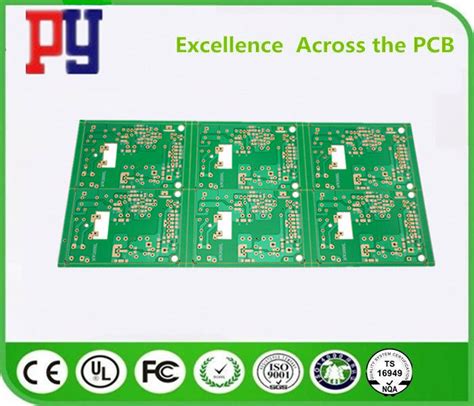
OSP PCB: An Effective PCB Surface Finish
What is OSP PCB? OSP (Organic Solderability Preservative) PCB is a type of surface finish applied to printed circuit boards (PCBs) to protect the exposed[…]

Embedded Linux Tutorial- All you need to Know
What is Embedded Linux? Embedded Linux refers to the use of the Linux operating system in embedded systems and devices. Unlike traditional desktop or server[…]
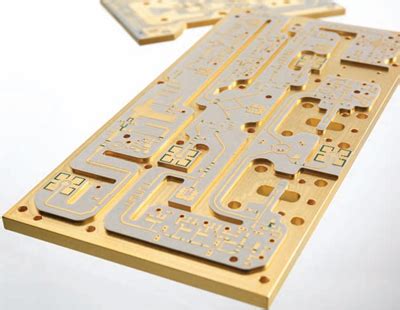
Teflon PCB: The Definitive Guide
What is a Teflon PCB? A Teflon PCB, also known as a PTFE (polytetrafluoroethylene) PCB, is a specialized type of printed circuit board that utilizes[…]
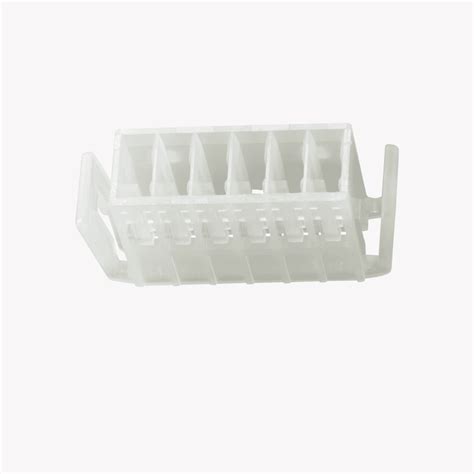
PCB Slot: All the Details You Need for YRAYPCB Design
Introduction to PCB Slots PCB slots are an essential component in many printed circuit board (PCB) designs. They serve various purposes, such as providing mechanical[…]
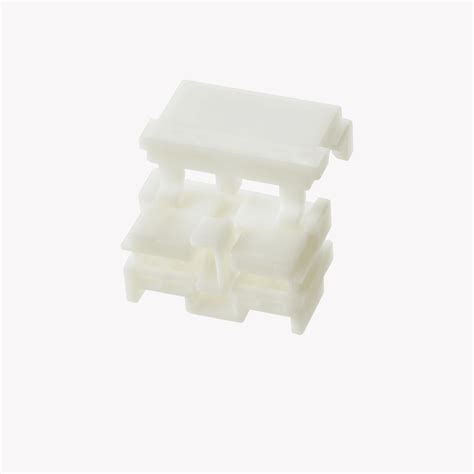
PCB Slot: The Perfect Solution for Your Electronics Assembly Needs
What is a PCB Slot? A PCB slot is a rectangular or square-shaped opening cut into a printed circuit board. These slots are designed to[…]